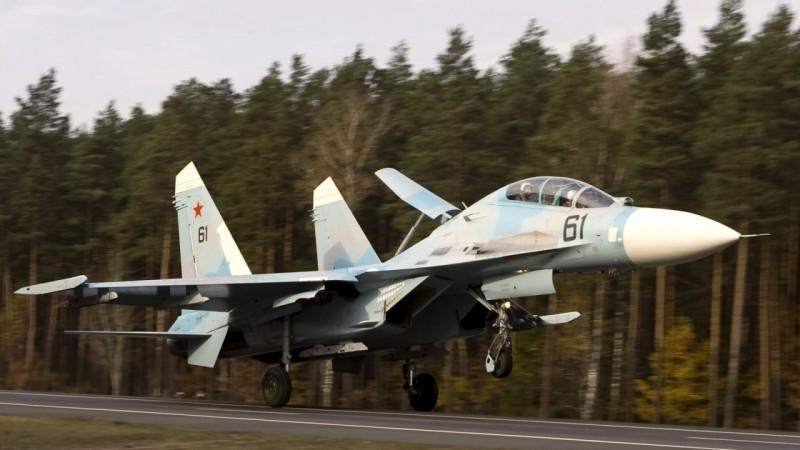
China has successfully developed and tested a hypersonic aircraft that could carry nuclear warheads and penetrate any current generation anti-missile defence system.
Calling the test as a "huge success", the China Academy of Aerospace Aerodynamics (CAAA) said that the test for the aircraft was successfully conducted on Friday (August 3) at an unidentified testing field in northwestern China. The Starry Sky 2, as they call it, is a hypersonic experimental waverider vehicle.
"This cutting-edge waverider has a fuselage as a shape of a wedge designed in order to enhance its supersonic lift-to-drag ratio by using the shock waves generated by its own flight as a lifting force," military expert Song Zhongping told Global Times. It was designed by CAAA in collaboration with China Aerospace Science and Technology Corporation.
The hypersonic vehicle was first carried by a solid-propellant rocket after which it got separated as its own propulsion system took over. The test flight maintained ultrafast speeds above Mach 5.5 for more than 400 seconds and reached 7,344 kmph.
The Chinese waveraider picked an altitude of 30 kilometer in the flight test. It carried out large-angle manoeuvres. The craft also tested a host of advanced technologies like a domestically developed heat-balance thermal protection system.
"Announcing the successful test to the public indicates that China must have already made a technological breakthrough with the weapon. The test showed that China is advancing shoulder-to-shoulder with the US and Russia," said Zhongping.
He also said that the waverider is expected to be tested more frequently in the coming days before handing it over for deployment to the People's Liberation Army.
An experimental waveraider was tested by the US from 2010 to 2013 designed to reach Mach 6. The US HTV-2 was tagged as the fasted aircraft built ever that had achieved a record speed of Mach 20, or 24,480 kilometer per hour, during its first flight in April 2010.








